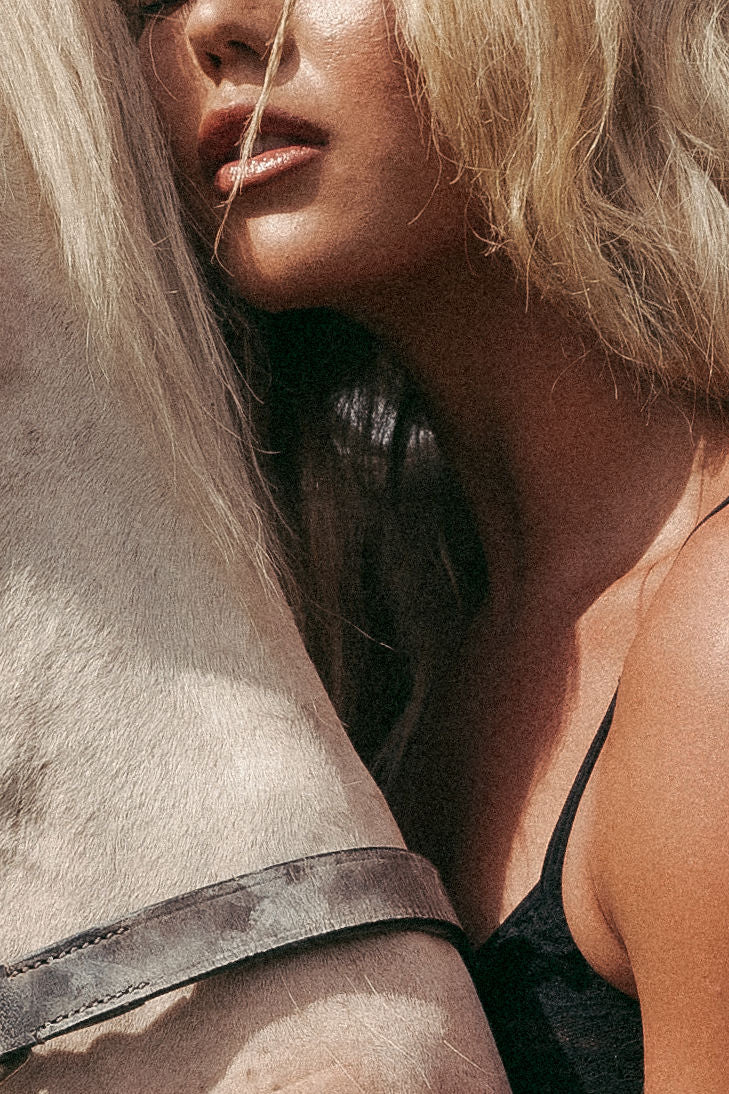What Makes a Cruelty‑Free Perfume?
In recent years, “cruelty‑free” has evolved from a niche label to a must‑have value for conscious beauty lovers. But when it comes to perfume, the definition can get a little fuzzy. Unlike skincare and makeup—where cruelty‑free certifications are common—fragrance involves complex supply chains and raw material sourcing that make transparency trickier.
At Layermor, we believe it’s essential to understand exactly what makes a cruelty‑free perfume so you can feel confident in your choices.
What “Cruelty‑Free” Means in Fragrance
A cruelty‑free perfume is one that has never been tested on animals at any stage of production—from the raw ingredient level to the final product. This includes:
- No animal testing on the finished perfume formula.
- No animal testing on any individual fragrance ingredients by the brand or its suppliers.
- No commissioning of animal testing through third parties.
A brand that is truly cruelty‑free also avoids selling in markets where animal testing is legally required, such as mainland China (though regulations there are changing for some product categories).
Note: Cruelty‑free status is not the same as vegan status. A perfume could be cruelty‑free yet still contain animal‑derived ingredients such as beeswax or ambergris.
Cruelty‑Free vs. Vegan Perfume
- Cruelty‑Free: No animal testing is conducted on the product or ingredients.
- Vegan: No animal‑derived ingredients are used.
While many ethical fragrance houses aim to be both, the two terms are not interchangeable. A perfume can be cruelty‑free without being vegan, and vice versa.
How Cruelty‑Free Perfumes Are Tested for Safety
Modern fragrance science has eliminated the need for animal testing by using:
- In vitro testing (lab‑grown human cells) to check for irritation or allergic reactions.
- In silico testing (computer modeling) to predict safety outcomes based on existing research.
- Human volunteer patch testing to confirm skin compatibility on consenting adults.
These methods are not only humane but also more precise and often more cost‑effective than outdated animal testing.
Global Regulations and Cruelty‑Free Claims
Cruelty‑free definitions can vary depending on where a brand sells its products:
- EU & UK: Animal testing for cosmetics, including perfume, is banned.
- USA: No federal ban, but several states have passed cruelty‑free cosmetic laws.
- China: Historically required animal testing for imported cosmetics; however, some perfumes and “general” cosmetics may now qualify for exemptions with the right safety documentation.
Because of these differences, it’s possible for a perfume brand to be cruelty‑free in one country but not in another, depending on its distribution and compliance.
Why Transparency Is Key
Fragrance ingredients often come from multiple suppliers, and without strict oversight, it can be difficult to ensure each one follows cruelty‑free practices. That’s why brands committed to ethical fragrance should:
- Disclose every ingredient used in their perfumes.
- Work only with suppliers who adhere to cruelty‑free standards.
- Maintain credible third‑party certifications such as Leaping Bunny or PETA.
This level of openness helps customers verify a brand’s claims and trust its ethical stance.
Common Misunderstandings About Cruelty‑Free Perfume
Myth: “If it’s sold in my country, it must be cruelty‑free.”
Fact: Not necessarily—global sales can still involve markets with mandatory animal testing.
Myth: “Natural perfumes are automatically cruelty‑free.”
Fact: Some natural ingredient suppliers still test on animals.
Myth: “Cruelty‑free means it’s gentler on skin.”
Fact: Cruelty‑free refers to ethics, not sensitivity. Always patch‑test a new scent.
How to Spot a Genuine Cruelty‑Free Perfume Brand
Look for:
- Certification logos (e.g., Leaping Bunny, PETA).
- A clear, public animal testing policy stating neither the brand nor its suppliers test on animals.
- Ingredient transparency—full ingredient lists, not just “fragrance.”
- Distribution details—whether the brand sells in countries with animal testing requirements.
The Future of Cruelty‑Free Fragrance
As customer demand grows, cruelty‑free perfumes are becoming the industry standard. Innovations in non‑animal testing, combined with evolving regulations, are paving the way for even greater accessibility and integrity.
Expect to see more advanced lab testing, stronger supply chain audits, and clearer cruelty‑free labeling. The fragrance industry is moving toward a future where ethical practices are the norm, not the exception.
FAQs About Cruelty‑Free Perfume
1. What makes a perfume cruelty‑free?
A cruelty‑free perfume is one that is never tested on animals at any stage, including ingredients and the final product, and avoids markets that require such testing.
2. Is cruelty‑free the same as vegan?
No. Cruelty‑free means no animal testing; vegan means no animal‑derived ingredients.
3. How is perfume tested without animals?
Through in vitro lab tests, in silico computer models, and volunteer patch testing.
4. Do cruelty‑free perfumes last as long?
Yes, longevity depends on formulation, not animal testing practices.
5. How can I confirm if a brand is cruelty‑free?
Check for certification logos, review their testing policy, and verify their distribution practices.
